In the forest of the Philippines, there’s a tiny creature with big eyes and a talent for leaping. It’s called the “Philippine Tarsier.”
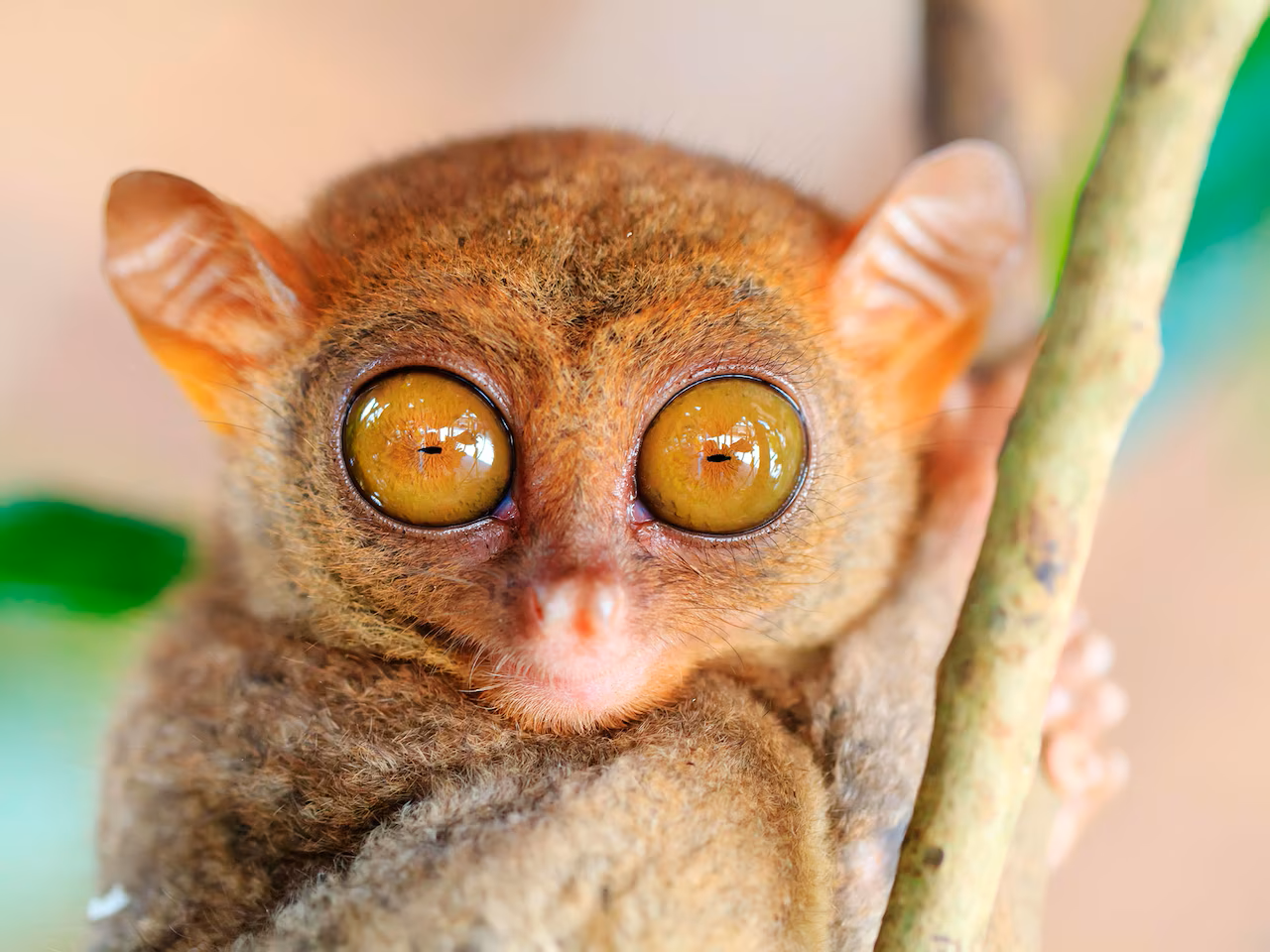
Size
Philippine tarsiers are very small, only about 3.5 to 6 inches long, not counting their long tails which can be even longer than their bodies.
Home
They live in the forests of Bohol, Leyte, Samar, and Mindanao in the Philippines, where there are lots of trees and bushes.
Night Creatures
Tarsiers are active at night. During the day, they sleep in trees or hide in leaves to stay safe from predators.
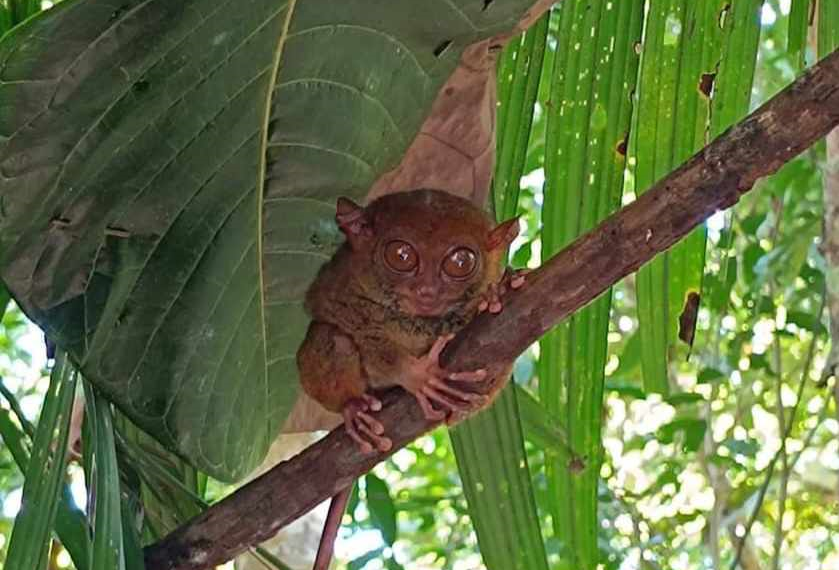
Big Bright Eyes
They have huge eyes that help them see well in low light. This helps them hunt insects, small birds, and lizards in the dark.
Diet
Tarsiers mainly eat bugs like beetles and grasshoppers, but they also catch small birds and lizards. They’re skilled hunters thanks to their agility and sharp eyesight. 6.
Leaping
These little primates can leap up to 16 feet (5 meters) between trees! Their strong legs make these big jumps possible.
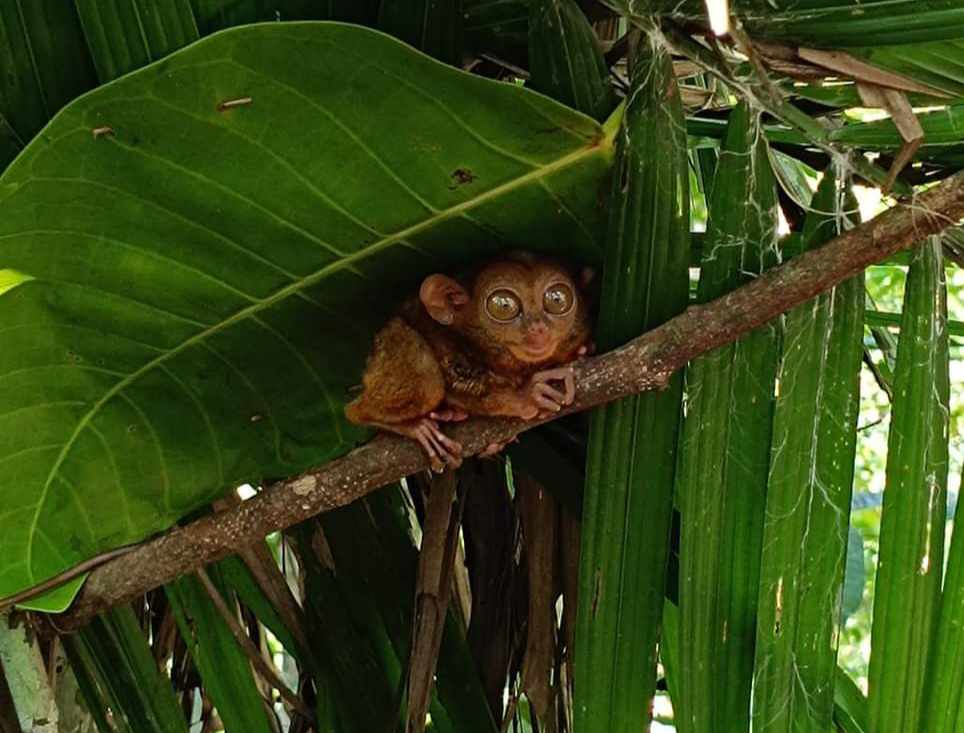
Quiet Life
Tarsiers make high-pitched sounds that are hard for humans to hear. They use these sounds to talk to each other, especially during mating season.
Endangered Species
Sadly, Philippine tarsiers are endangered. Their forests are being cut down for farming and logging, and some people hunt them for food or capture them for the pet trade.
Conservation
Conservation groups are working hard to protect tarsiers and their habitats. They create protected areas where tarsiers can live safely and educate people about the importance of preserving these unique animals.
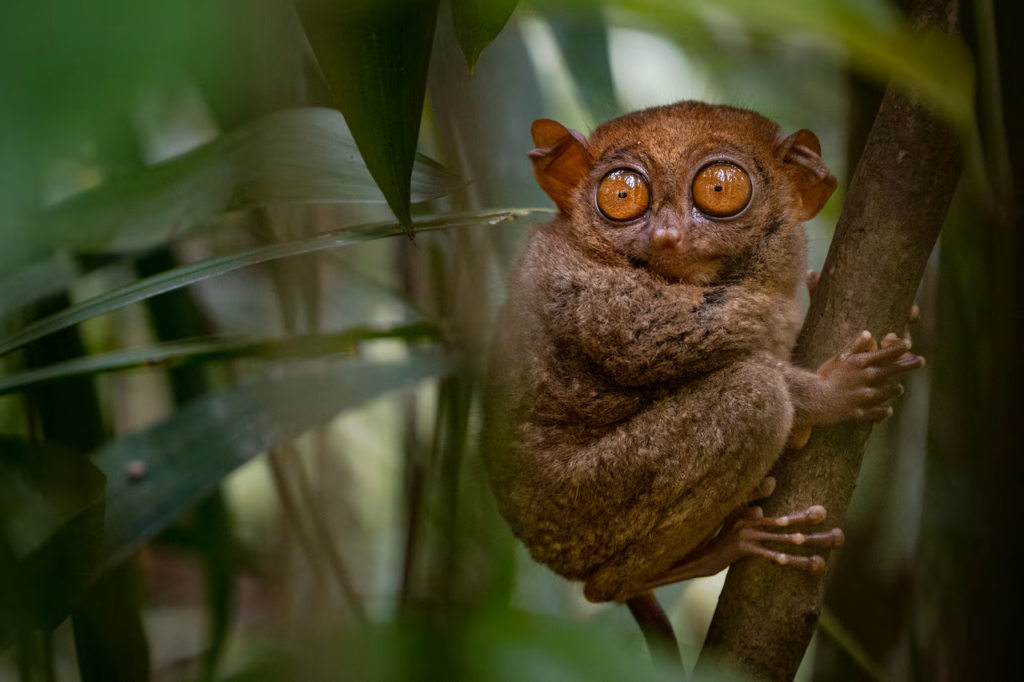
Tourist Attractions
Tarsiers are also a draw for ecotourism in the Philippines. Responsible tourism helps raise awareness and funds for their conservation.
Suicidal Tendencies
Tarsiers can sometimes hurt themselves when they are very stressed, especially in captivity. These tiny creatures are extremely sensitive to their surroundings and loud noises, bright lights and being handled by humans can scare them a lot. If they are stressed they will hit their head on hard objects that can kill them because they have a thin skull.
Even though the Philippine Tarsier is endangered, people are working hard to help them survive. By protecting their homes and supporting eco-friendly tourism we can make sure these animals will last long.


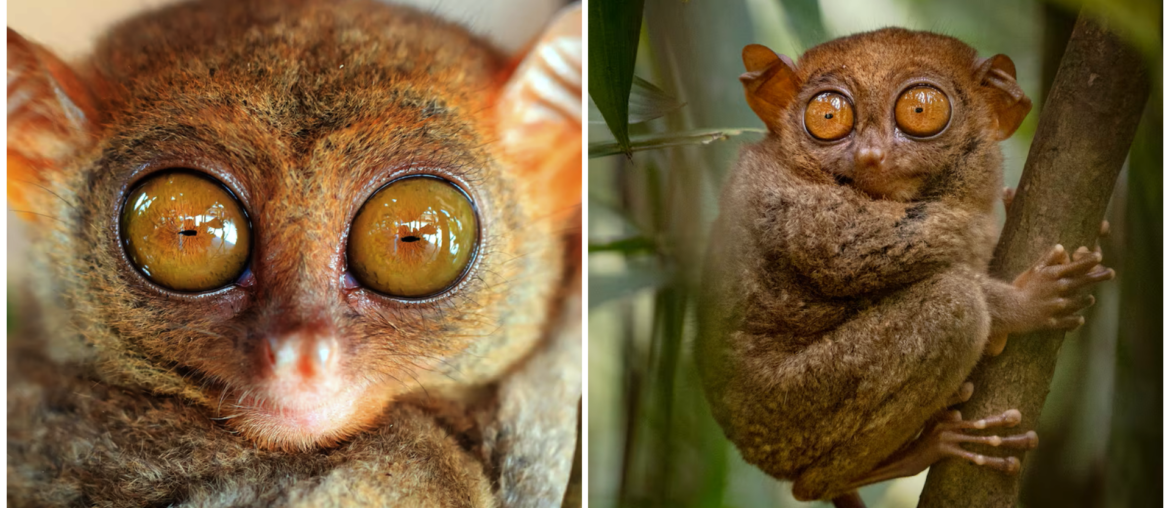
Comments are closed.